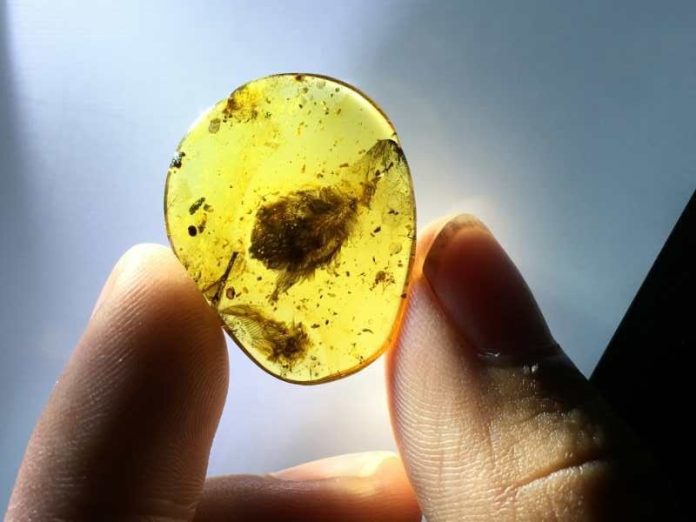
We all have seen birds around us, be it pigeons in the park or penguins in the zoo.
What’s fascinating is that these birds are actually living dinosaurs!
They are the only dinosaurs that managed to survive the catastrophic asteroid event that wiped out most life on earth 66 million years ago.
But why did these bird ancestors survive when so many other dinosaurs didn’t? The answer might be in the feathers.
Feathers are vital for birds. Made of a protein called keratin (the same stuff that makes our nails and hair), feathers help birds fly, swim, hide, attract mates, and protect against the sun.
But these complex structures can’t be fixed once they’re damaged, so birds replace old feathers with new ones through a process called molting.
Molting is critical for birds’ survival and development. It helps young birds transition from their baby feathers to adult plumage and continues yearly in mature birds.
Recent studies led by Jingmai O’Connor from the Field Museum, Chicago, have looked at molting in ancient birds. One discovery was a bunch of feathers trapped in amber from a baby bird that lived 99 million years ago.
This bird belonged to a group called Enantiornithines, now extinct.
Interestingly, this baby bird showed a mix of traits found in two types of modern birds. Some modern birds are born featherless and helpless (altricial), depending on their parents for warmth. Others, born with feathers, are more independent (precocial).
All birds lose and grow new feathers in stages, or molts, which requires a lot of energy. So, precocial chicks molt slowly to keep warm, while altricial chicks, relying on their parents for warmth and food, molt all at once.
But this ancient bird seemed to have both precocial and altricial characteristics. It had started growing all its feathers almost simultaneously, much like altricial chicks. However, previous work shows that Enantiornithines were highly precocial.
O’Connor suggests that being a precocial bird that had to keep warm while also molting quickly may have led to the Enantiornithines’ downfall. When the asteroid hit, temperatures plunged, and food became scarce. These birds, with their high energy needs, likely couldn’t adapt to these conditions.
O’Connor, in another study, explored molting patterns in modern birds. Today, adult birds typically molt once a year, gradually replacing feathers over a few weeks. This slow molting allows them to continue flying. However, some birds, like ducks, replace all their feathers at once, which happens more quickly.
By studying over 600 specimens from the Field Museum, the researchers found fewer cases of quick molting. This led them to believe that ancient birds might have molted less frequently than most birds today, or molted all at once.
In conclusion, the molting habits of prehistoric birds, especially those that didn’t survive the mass extinction, were different from today’s birds. It seems like this unique feather-shedding behavior may have been one of the factors that helped modern birds survive when their dinosaur relatives couldn’t.
Follow us on Twitter for more articles about this topic.



